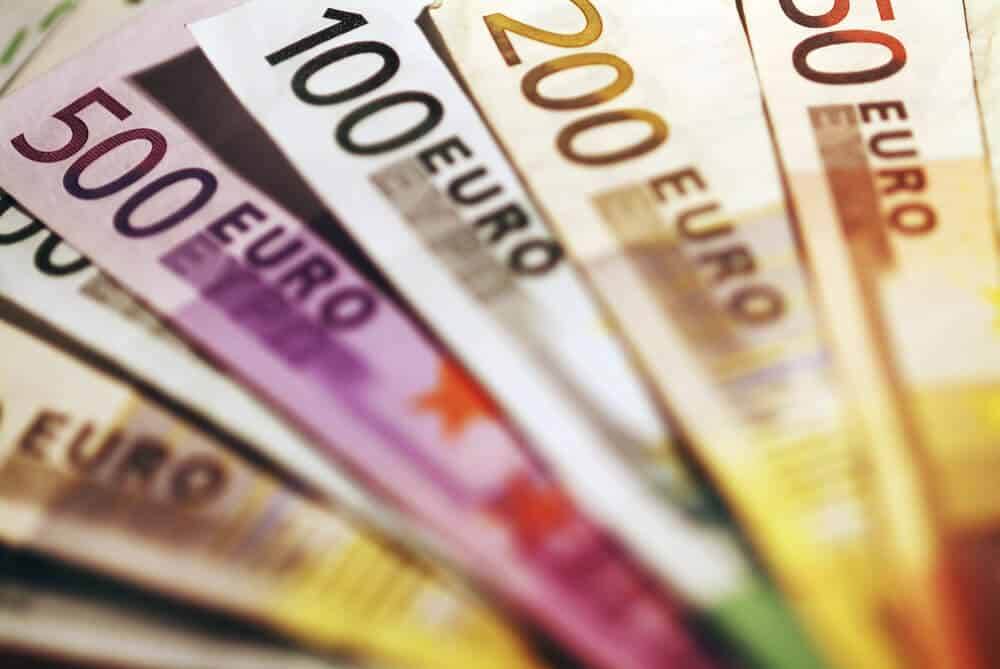
Euro traded flat Wednesday. What about other currencies?
The U.S. dollar was steady on Wednesday. Traders’ optimism about a potential Covid-19 vaccine weakened by concerns about how the drug will be delivered. Besides, a surge of new infections continues in the United States.
The New Zealand dollar rebounded from its recent low to its strongest point in a year and a half. Investors scaled back bets about the central bank moving to negative interest rates.
Initial optimism about a Covid-19 vaccine caused the dollar to tumble down against riskier currencies. However, the U.S. currency remained strong against the safe-haven Japanese yen and the Swiss franc. That momentum is beginning to fade now as obstacles remain before a vaccine can be distributed.
Charalambos Pissouros, the senior market analyst at JFD Group, stated that with the global daily infections from the Covid-19 accelerating yesterday, it seems that worries over the pandemic’s economic impact may have limited further gains in equities, as well as other risk-linked assets. He also added that it is still too early to start cheering that the pandemic is behind us.
How did the Euro fare?
The euro traded flat at $1.1809 on Wednesday, while the Japanese yen tumbled down 0.1% against the dollar at 105.38. Meanwhile, the British Pound was approximately 0.1% stronger against both the greenback and the euro. The Canadian dollar tumbled down by 0.1% at 1.3047 against the U.S. currency.
The Chinese yuan remained stable in the offshore market at 6.6016. Pfizer Inc and BioNTech stated on Monday their experimental Covid-19 vaccine was 90% effective, boosting the sentiment for the greenback.
However, the biggest mover in the G10 space was the New Zealand dollar, which skyrocketed to 0.6904 versus the greenback in the Asian trading session, reaching its highest point since March 2019. The Kiwi was trading higher by 0.8% at last. Against the Australian dollar, the currency soared by 0.7% at 1.0587.
The Reserve Bank of New Zealand kept interest rates on hold at 0.25%, along with introducing a new monetary policy tool. That will encourage more loans by reducing borrowing costs for banks. Such a course of action matched market expectations.
According to RBNZ Governor Adrian Orr, domestic economic activity has been more resilient since August than analysts assumed previously. Many traders took that as a sign that the chance of negative interest rates had weakened.
Pissouros stated that as a risk-linked currency, the New Zealand dollar might continue to gain against the greenback if the financial community stays in a risk-on mode. Furthermore, it may even outperform the other commodity-linked currencies due to the lowering of the negative-rate chance.
-
Support
-
Platform
-
Spread
-
Trading Instrument




